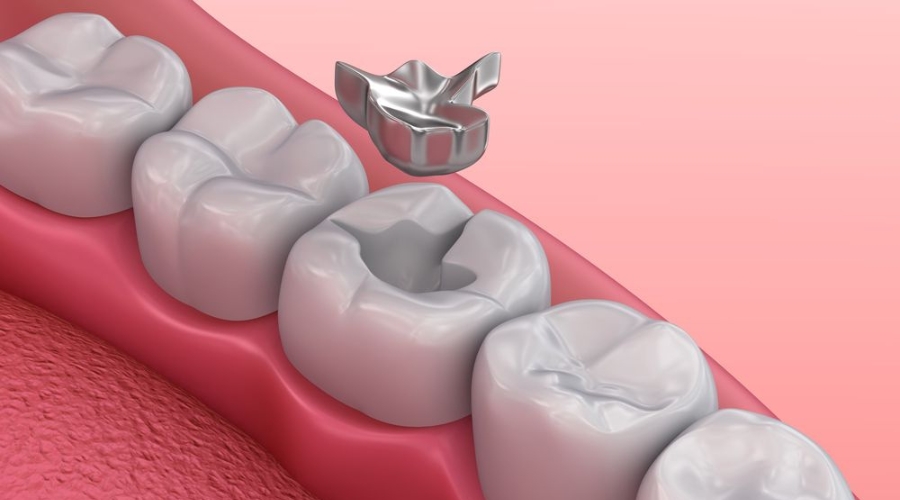Welcome to the journey towards a healthier, mercury-free smile. As you sit in the dentist’s chair, contemplating the removal of mercury fillings, a myriad of questions may flood your mind. What are the risks? Is it necessary? Fear not, for this guide is your beacon, shedding light on the intricacies of mercury filling removal. Unravel the mystery surrounding silver fillings, understand why removal matters, and discover the meticulous process that ensures both your safety and a more aesthetically pleasing grin. Let’s embark on this informative expedition, where knowledge empowers you to make informed decisions about your dental health.
Understanding Mercury Fillings
To begin, it’s crucial to comprehend what mercury fillings are. Dental amalgam, commonly known as silver fillings, is a mixture of metals, including mercury, silver, tin, and copper. Mercury, despite its toxicity, has been a mainstay in dentistry for its durability and ease of use.
The Need for Removal
1. Health Concerns
The primary driver for mercury filling removal is the potential health risks associated with mercury exposure. Although amalgam fillings are generally stable in the mouth, they can release small amounts of mercury vapor over time, especially during activities like chewing and teeth grinding.
Studies have raised concerns about the cumulative effects of mercury exposure, linking it to neurological issues and other health problems. Removing mercury fillings aims to reduce this ongoing exposure and its associated risks.
2. Aesthetics
Beyond health concerns, many opt for removal due to aesthetic reasons. Silver fillings are conspicuous, often marring the natural appearance of teeth. Switching to alternative materials like composite resin or porcelain can enhance the cosmetic appeal of your smile.
The Removal Process
3. Safe Protocols
Mercury filling removal is a meticulous process that requires specific safety protocols to minimize exposure. Dentists who specialize in this procedure follow guidelines set by organizations like the International Academy of Oral Medicine and Toxicology (IAOMT). These guidelines include using protective measures such as rubber dams, high-volume suction, and additional oxygen.
4. Replacement Options
Once the mercury fillings are safely removed, the next step is choosing suitable replacements. Composite resin, porcelain, and glass ionomer are popular alternatives. Your dentist will guide you in selecting the best material based on factors like the location of the tooth, budget, and aesthetic preferences.
Once mercury fillings are safely removed, the crucial decision of selecting suitable replacements arises. Dentistry offers several alternative materials, each with its own set of advantages and considerations.
Composite Resin
- Advantages: Composite resin fillings are tooth-colored and durable, blending seamlessly with natural teeth. They are versatile and suitable for various tooth locations.
- Considerations: While highly aesthetic, composite resin may not be as durable as some alternatives, making it ideal for smaller to mid-sized fillings.
Porcelain
- Advantages: Known for its durability and natural appearance, porcelain fillings are resistant to staining and provide long-lasting results.
- Considerations: Porcelain may require more than one dental visit, as the restoration is often fabricated in a dental laboratory.
Glass Ionomer
- Advantages: Glass ionomer fillings release fluoride, aiding in preventing further decay. They are suitable for non-load-bearing areas like the root surfaces of teeth.
- Considerations: These fillings may not be as durable as other options and are typically recommended for specific applications.
What to Expect
5. Post-Removal Care
After the procedure, some individuals may experience temporary sensitivity or discomfort. This is normal and usually subsides shortly. Following your dentist’s post-removal care instructions, such as avoiding certain foods and maintaining good oral hygiene, is crucial to ensure a smooth recovery.
In the quest for a healthier and aesthetically pleasing smile, mercury-filling removal emerges as a significant step. Understanding the rationale behind this procedure and the careful protocols involved empowers individuals to make informed decisions about their dental health. As you embark on this journey, prioritize consultation with a qualified dentist to ensure a safe and effective process.
FAQs
1. Is mercury filling removal necessary for everyone?
No, it’s not universally necessary. Individuals with no signs of deterioration in their amalgam fillings may not require removal. Consult with your dentist to assess your specific situation.
2. Are there risks associated with mercury filling removal?
When conducted following established safety protocols, the risks are minimized. Dentists trained in mercury removal follow guidelines to ensure patient safety and reduce exposure.
3. How long does the mercury filling removal process take?
The duration varies based on factors like the number of fillings, their condition, and the chosen replacement material. A typical session may range from one to two hours.
4. Does insurance cover mercury filling removal?
Insurance coverage varies, and not all policies cover the entire cost of mercury filling removal. Check with your insurance provider to understand the extent of coverage.
5. Can I eat immediately after mercury filling removal?
While you can eat after the procedure, it’s advisable to avoid hot and hard foods for a few hours. Follow your dentist’s recommendations for post-removal care to ensure a smooth recovery.




